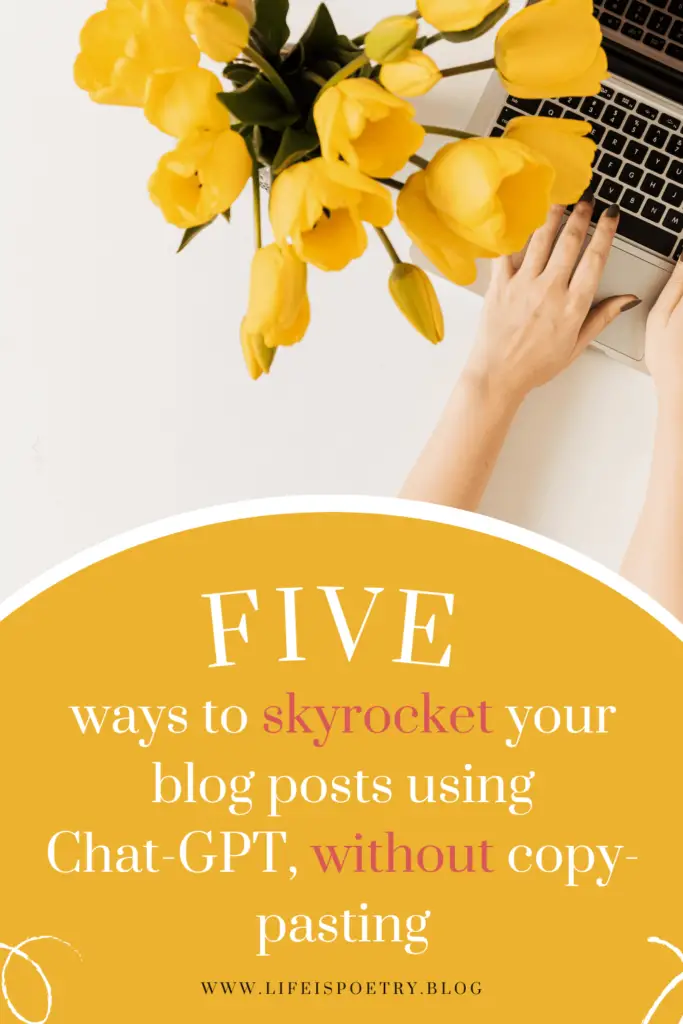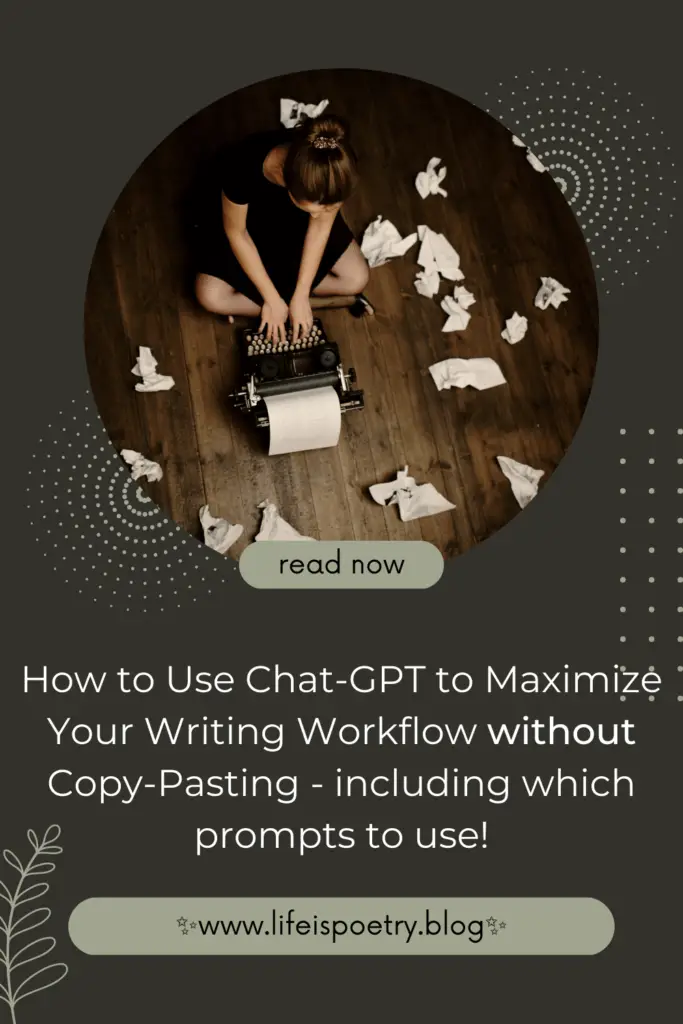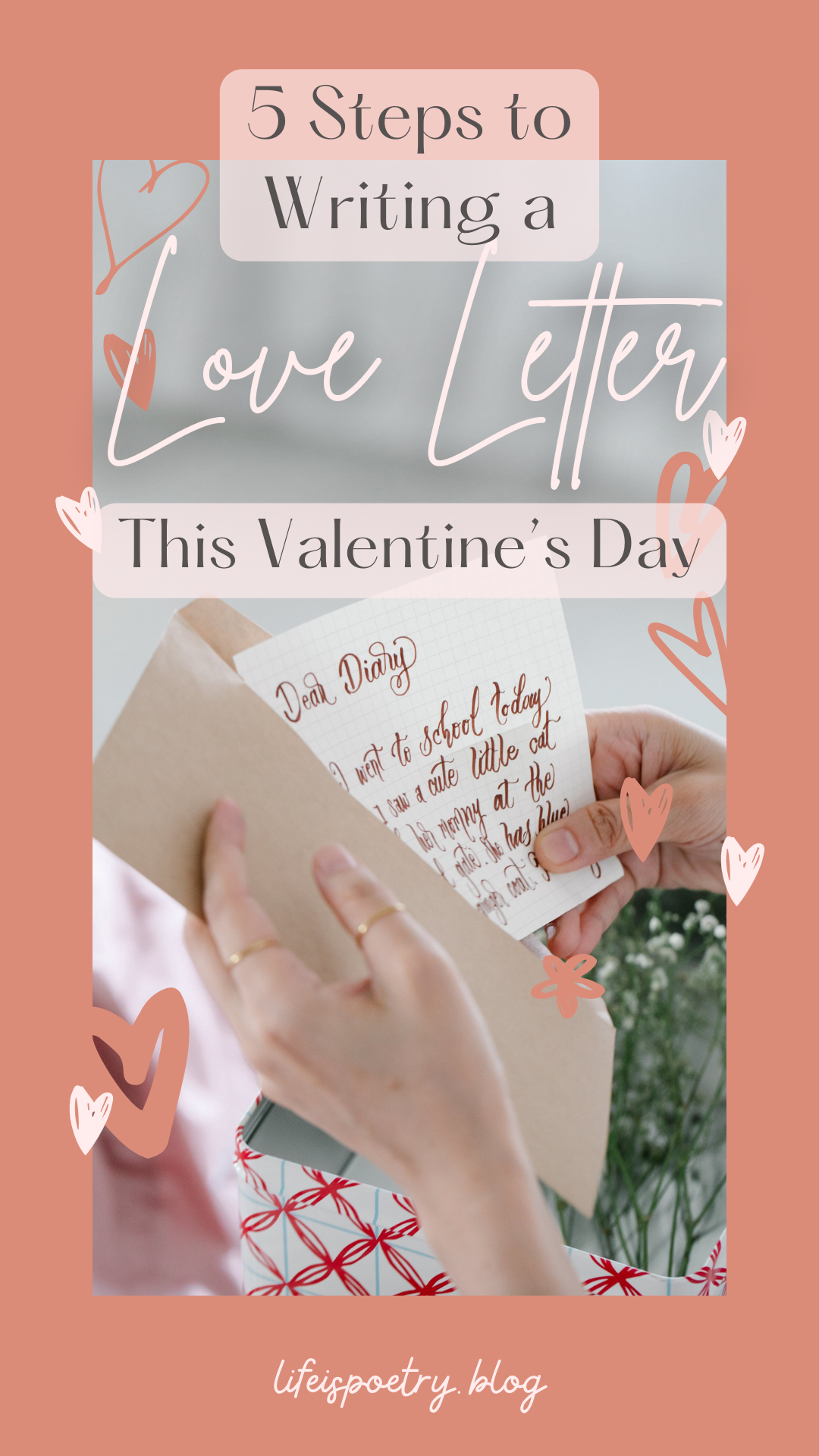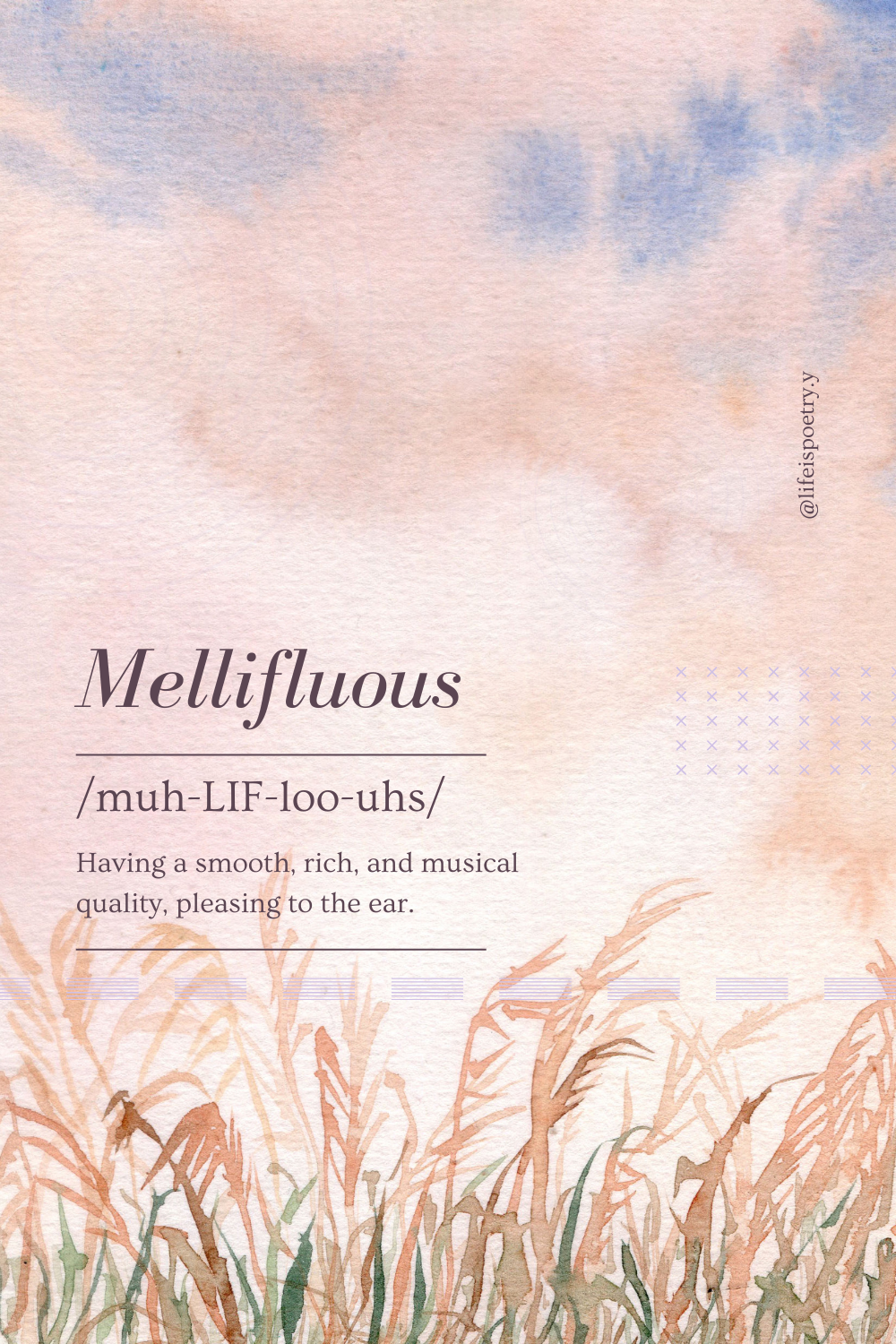
It’s no surprise that many writers, and readers, are apprehensive about ChatGPT and what it will mean for our industry.
Some worry that the rise of AI writing models will make human writers obsolete, but I believe that couldn’t be further from the truth. As writers, our greatest strength lies in our ability to craft stories that speak to us and make us feel things; lines that aren’t perfectly polished and are open to interpretation are often the ones that stay with us for life.
Lines like “Everything was beautiful, and nothing hurt.” written by Kurt Vonnegut, or “Anything worth dying for is certainly worth living for.” written by Joseph Heller, capture our emotions in such a simple yet profound way, they could never have been the work of a robot.
However, there are so many other tasks that come with being a writer – research, editing, and social media, just to name a few – that can take up so much of our precious time. This is where Chat-GPT comes in, to handle all those niggling little tasks that keep us from doing what we do best- writing. So I propose we use this new technology to our advantage, without simply copying and pasting.
Social Media:
Social media has become such a necessary evil when it comes to having a successful blog. It’s all about algorithms and engagement, and it can be so draining to create content for multiple platforms while trying to maintain a consistent aesthetic. If you’re anything like me, all you want to do is write your blog posts and be done with it.

That’s where ChatGPT comes into play. With its AI capabilities, it can help you spend less time worrying about constantly posting on social media and more time doing literally anything else. Here are a few prompts to that will give you some ideas for posts, save you some time, and give you something to work with.
Generate 5 ideas for Facebook posts (or replace with instagram, twitter etc.) that will engage the target audience (add your target audience), and drive traffic to my website. Include trending hashtags that are relevant.
Give me 5 ideas for twitter thread topics targeting (your target audience) including relevant trending hashtags for those topics.
Create a comprehensive social media plan for (your website) including topics to post, the type of content, and what time of day to post and how often. Or switch it up by asking for a social media calendar in a table format including the same specifics.
Ideas for tweets that will drive traffic to ( your website).
Create mind maps
Mind mapping is a fantastic way to kickstart your writing without relying on copying and pasting.
If you’re unfamiliar with the concept, mind maps are visual diagrams that allow you to organize your thoughts and ideas in a structured way, making it easier to create a cohesive narrative for your article/blogpost. To create a mind map, begin by writing the main topic in the center of the page and branching out to various subtopics and ideas. You can incorporate different colors, shapes, and images to make your mind map more engaging and memorable. It’s a fun and creative way to generate ideas and get your writing flowing!
Sometimes just by writing down the main theme of your article, ideas for subtopics will start flowing naturally. Sometimes they don’t, or we have a hard time coming up with enough, which is where ChatGPT comes in handy.
Here’s how to create mind maps using ChatGPT:
First, decide on what your central theme will be, for example if your post is titled “Tips for Starting a Successful Publishing Business” this would be your main theme. Then ask ChatGPT to generate related subtopics or ideas that you can use to flesh out your blog post. For example, it might suggest ideas like “How To Develop a Business Structure” and “How To Choose a Name For Your Business”.
From there, you can use ChatGPT to generate more ideas for each subtopic, or additional keywords or phrases that you can use to optimize your blog post for search engines.
Now that you have a mind map fully fleshed out, you’ll be able to see all of your thoughts, points, and inspiration in an organized way. If you start to feel stuck while writing your post, you can easily look at your mind map and see where you are at and what you still need to cover. Being able to see the bigger picture of your blog post will also help keep it structured, by seeing how your ideas are connected and where the gaps are if any.
SEO-optimize your posts
As a writer, we face the challenge of not only producing high-quality and authentic content but also meeting the demands of search engine optimization (SEO), or risk that content we work so hard on not being seen at all. ChatGPT can act as SEO expert, and with certain prompts can tell you exactly what needs to be done to rank higher in search engines.
Such as “Provide me with long-tail, high-volume, low-difficulty keywords for [topic of interest] as if you’re a content marketer.” and “Act as an SEO expert and generate 5 SEO keywords related to the following blog post (your blog post title) using only accurate and detailed information about keywords.“
In case you’re unfamiliar, keywords play a crucial role in SEO for blog posts.
Keywords are the words or phrases that people use to search for content on search engines like Google. By using the right keywords in your blog post, you increase the chances of your post appearing on the search engine results page (SERP) when someone searches for those keywords. But be sure to use keywords strategically, and not just as often as you can.
It also helps to use keywords that are low competition. For example, if I searched “Christmas Cookies” there are over 1 billion results, and the first page is full results from major websites including Food Network and Delish. That’s some tough competition. Chat GPT can help you find low competition keywords with prompts like “What are some keywords related to my post (the title of your post) that are popular and low competition that I can use to increase rankings on my website that is fairly new?“

Although there’s a little bit more to SEO than simply using the right keywords. Another factor is your meta description; a short summary of your blog post that appears below the title in search engine results pages. A well written meta description is what will entice readers to click on your link and visit your website. This will increase your CTR (click-through rate) which will tell search engines that your post is relevant and valuable to it’s users. Including those keywords in your meta-description is even better.
So how do we use Chat GPT to write better meta descriptions and increase CRT? with prompts such as “What are some tips for writing an effective meta description that accurately summarizes my blog post titled (your title)?” and “Can you suggest a compelling meta description for my blog post that includes my primary keyword?”. These should serve as inspiration and give you ideas to write your own meta description.
I hope this post has been a helpful resource for you. Remember, your writing journey is all about finding what works for you and making it your own. With ChatGPT by your side, you can take your productivity to the next level and create content that truly shines. So go ahead and give these tips a try – you might be surprised at just how much of a difference they can make! Thanks for reading, and until next time, keep on creating!





